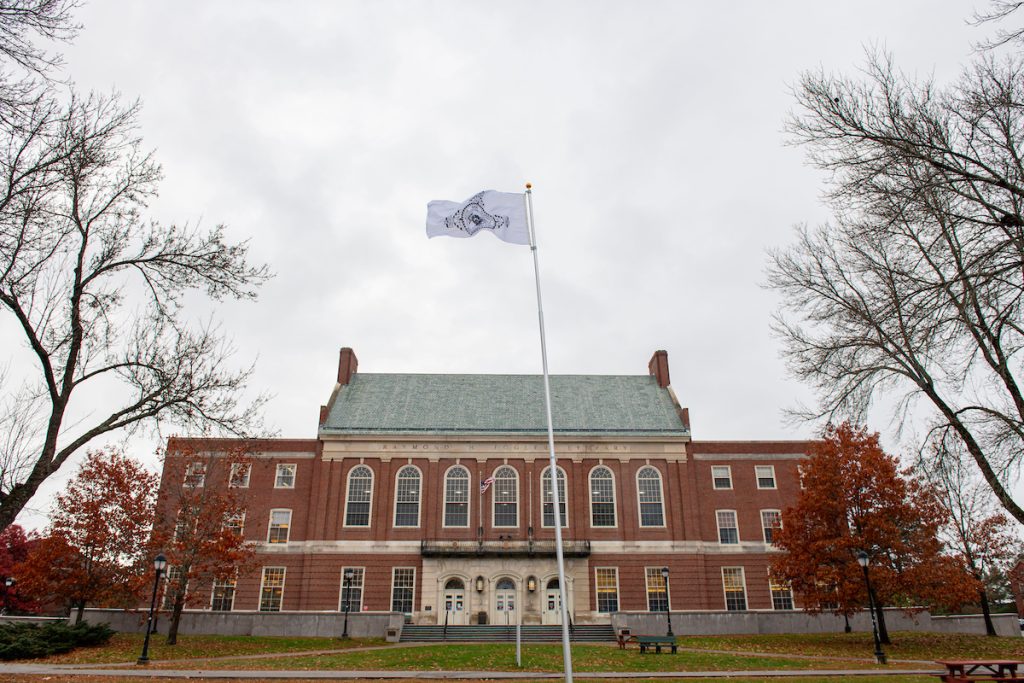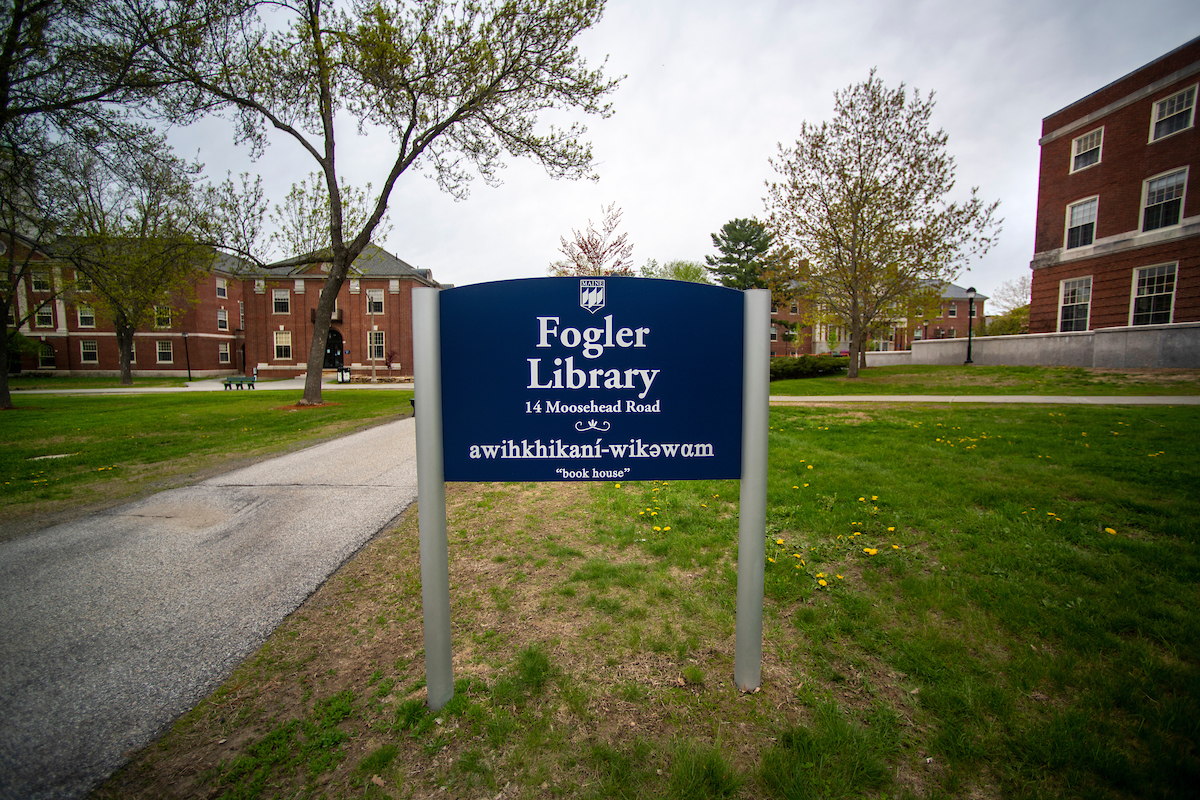Bilingual Indigenous and non-Indigenous language signage networks are an effective means of raising awareness and recognition for otherwise invisible Indigenous landscapes and places, as has been demonstrated by Mi’kmaq and Wolastoqiyik signage at the University of New Brunswick, Anishinaabe street signs in downtown Toronto, and British Columbia highway signage in Squamish, Lil’wat and Tsilhqot’in languages.
Where Indigeneity is invisible, signage is a moment of opportunity, a marker in time and space where unseen (and thus unvalued and un-included) places, people, languages and historical narratives can be made visible, tangible and meaningful to passersby. To build a sign is literally to build a landscape of inclusiveness, one where Indigenous language, culture, people and traditional territories are recognized and valued.
As Natchee Blu Barnd writes in his 2017 book “Native Space,” for all of these reasons, the presence of Indigenous language signage on university campuses, urban streets and in tribal communities has been steadily growing.
At the University of Maine, English and Penobscot language signage will connect the deep past to the present moment in place, sparking the viewer’s imagination through traditional place names.
For example, a sign that tells a viewer they are standing at a place called wasáhpskek, “at the slippery ledges,” brings the viewer into an awareness of place while evoking the ancient, traditional activities of the spot where they stand (a place where it will be slippery when pulling a canoe out of the water).
Bilingual English and Penobscot language signage will foster an awareness of the presence of multiple, living languages for campus places, as for example when a sign is used to label a place such as nətasotəmənena, “we discuss it” for a seminar room, áwətəssis, “little path” for the bike path, and kkìhkαn, “garden” for Littlefield Garden.
Penobscot language signage will create new landmarks, meeting places and sites of discussion for faculty and students, and will likely be incorporated into courses across the curriculum. It will reveal the Wabanaki landscapes and waterscapes that are a part of our daily lives on the university campus, prompting us to consider new questions about the places we live and work, and to see our surroundings from a different perspective.
The University of Maine recognizes that it is located on Marsh Island in the homeland of the Penobscot Nation, where issues of water and territorial rights, and encroachment upon sacred sites, are ongoing. Penobscot homeland is connected to the other Wabanaki Tribal Nations—the Passamaquoddy, Maliseet, and Micmac—through kinship, alliances, and diplomacy. The University also recognizes that the Penobscot Nation and the other Wabanaki Tribal Nations are distinct, sovereign, legal and political entities with their own powers of self-governance and self-determination.
University of Maine Land Acknowledgement

Goals for Indigenous language signage
Indigenous language signage shows respect for the Penobscot Nation and its people while raising awareness at the University of Maine campus is located on Penobscot homeland. The signs foster inclusion, reconciliation and awareness and understanding of historic agreements and the relationship between the Penobscot Nation and UMaine.
Signs also restore and correct Penobscot words and spellings; show respect for language, values and people; restore historical and cultural meaning and knowledge; and raise geographical and political awareness and foster reconciliation.

